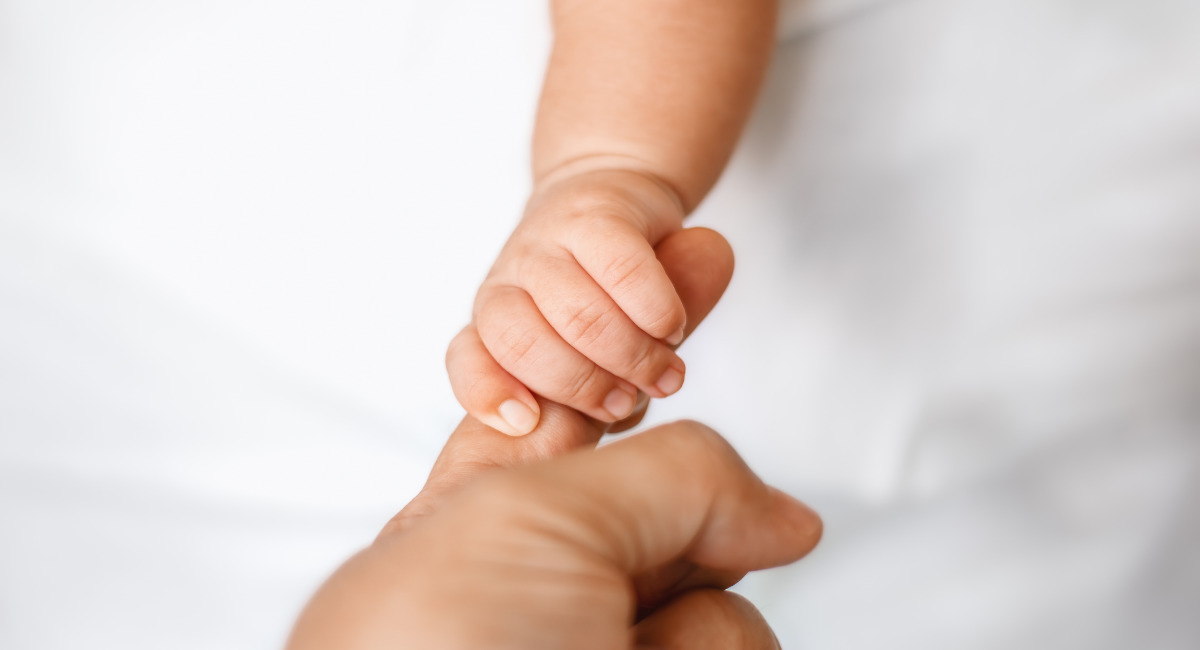On December 24, Newsweek published an article conflating the foster care and adoption systems; however, while the purpose of both is to do what’s best for children, the two are not the same and have very different goals.
Newsweek appears to be under the impression that children are automatically placed in foster care at birth until they are adopted. Although many people believe this, it is a myth. According to American Adoptions, “By placing your child for adoption with an adoption agency, you are choosing a clear path for the rest of your baby’s life, avoiding the possibility of them ending up in foster care.” In other words, women who choose adoption for their babies are not handing these children over to the foster care system.
Yet, the Newsweek article claimed:
“18 months after the [Dobbs] decision [which overturned Roe v. Wade], a number of adoption agencies have revealed to Newsweek there are rising numbers of birth parents choosing to put their children up for adoption, unable to instead access a legal abortion.”
However, the first expert the article cited to support this statement is the executive director of an organization that works with foster care families – it is not an adoption agency. The article then cited a few representatives from adoption agencies before again citing a foster care expert – without ever distinguishing between the two.
Adoption agencies and the foster care system differ in several meaningful ways.
Different goals
Firstly, the goals are different. While adoption agencies seek permanent adoptive homes for children, the primary goal of foster care is the reunification of children with their biological parents. Foster placements, therefore, are intended to be temporary. When a pregnant woman chooses to place her child for adoption, an adoption agency will offer her the opportunity to choose the people who will parent her children. She can also choose open adoption to remain a part of her child’s life.
As American Adoptions explained, babies placed by their birth mother with a chosen adoptive family will not go into the foster care system.
Entering the system
This is directly related to the second major difference between foster care and adoption: how children enter each respective system. Children primarily enter the foster care system after being removed from their biological parents’ homes by state agencies. This may happen for a variety of reasons, including abuse and neglect. Most of these children remain in the foster care system for just over a year.
The custody of children being placed for adoption, however, has been voluntarily and permanently relinquished by the biological parents. According to the Institute for Family Studies, there are dozens of prospective parents for every baby in need of an adoptive family. Adoption exists to find stable families for children, not to find children for adults, which means the birth mother has a say in who raises her child and how involved she can be in her child’s life.
Parents’ rights
This brings us to the third major difference: the biological parents’ rights concerning the child. Parents who place their children for adoption have willingly and permanently given up all rights to the child. When placed for adoption through an adoption agency, the birth parents likely know exactly who has been given legal and permanent custody of their child.
Parents whose children are removed from their care and placed in foster care, however, retain their parental rights, unless and until they voluntarily relinquish them or fail to complete the steps mandated by the state as prerequisites to reunification. At this point, the child becomes available for adoption.
According to AdoptUSKids, there are about 400,000 children in the U.S.’s foster care system, however, only about 29% (117,000) are available for adoption. More than half of children in foster care will be reunified with their parents or primary caregiver, while about 25% will be adopted, many by their foster parents. Those who age out of the system without an adoptive family are at an increased risk of poor educational outcomes, homelessness, and unemployment.
The exceptions
The only major exceptions to these general rules are infants who are surrendered by their parents anonymously under state Safe Haven laws. Some states place these children in foster care temporarily while permanent adoptive parents are sought. This could also happen if a mother does not seek out an adoption agency prior to delivering her child, and does not choose to parent the child at birth.
Other states, like Indiana, bypass the foster care system when a child is surrendered under the state’s Safe Haven law, and instead place these infants directly with adoption agencies.
Although foster care and adoption both rely primarily upon biologically unrelated adults who agree to provide essential care for children, the two are not the same and are therefore not interchangeable. Newsweek’s article serves to fuel common misconceptions which are ultimately unhelpful to the women and children involved.







